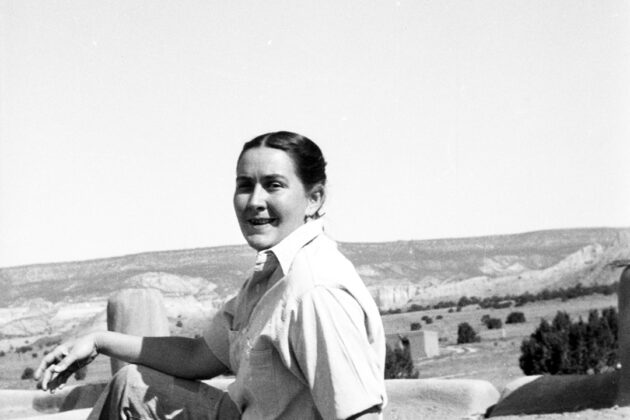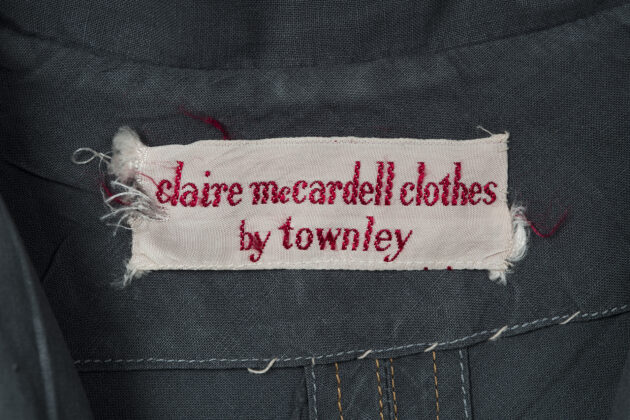
Celebrating Women’s History Month: Claire McCardell
In honor of Women’s History Month in March, the Georgia O’Keeffe Museum is featuring stories of women who have left their mark on the world. This week, we feature Claire McCardell, an American clothing designer who prioritized function and practicality in the mid-1900s.
Claire McCardell
Georgia O’Keeffe is famous worldwide not only for her art but for her style. The artist’s clothing has come to define her just as much as her paintings and were the subject of a blockbuster traveling exhibition, Georgia O’Keeffe: Living Modern.
The Museum holds many of the artist’s dresses in its collections, including at least three from Claire McCardell (1905–1958). McCardell was an American fashion designer widely regarded as one of the most underrecognized but most influential figures in American fashion history. Born in Frederick, Maryland, McCardell studied at the Parsons School of Design in New York. She gained recognition in the 1930s for her innovative approach to ready-to-wear fashion, which brought a more functional, comfortable, and affordable option to American women.
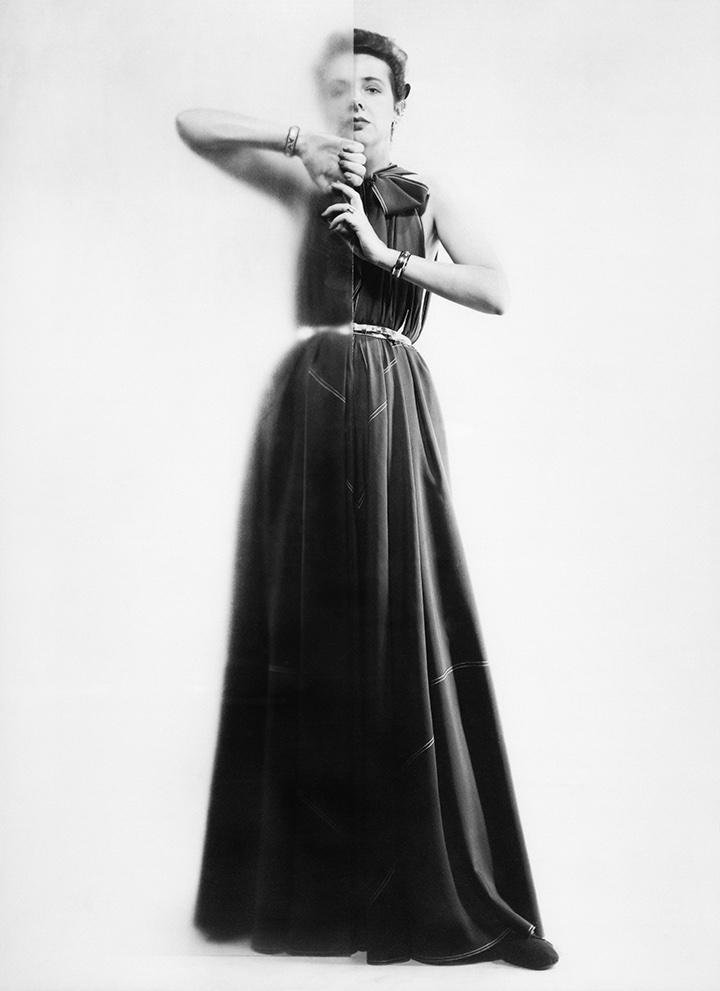
In a new book, author Elizabeth Evitts Dickinson writes about the hidden history of McCardell, the most influential fashion designer many have never heard of. In the early 1940s, McCardell rose to fame for her designs that embraced simplicity and practicality while maintaining a sense of style and elegance. She rejected the lavish and rigid styles of haute couture, opting instead for designs that were versatile and suited the daily lives of women. McCardell’s designs often included pockets, even as her male contemporaries found them unnecessary in women’s clothing, and her work was particularly notable for its use of inexpensive materials, such as cotton and jersey, making fashion more accessible to the broader public.
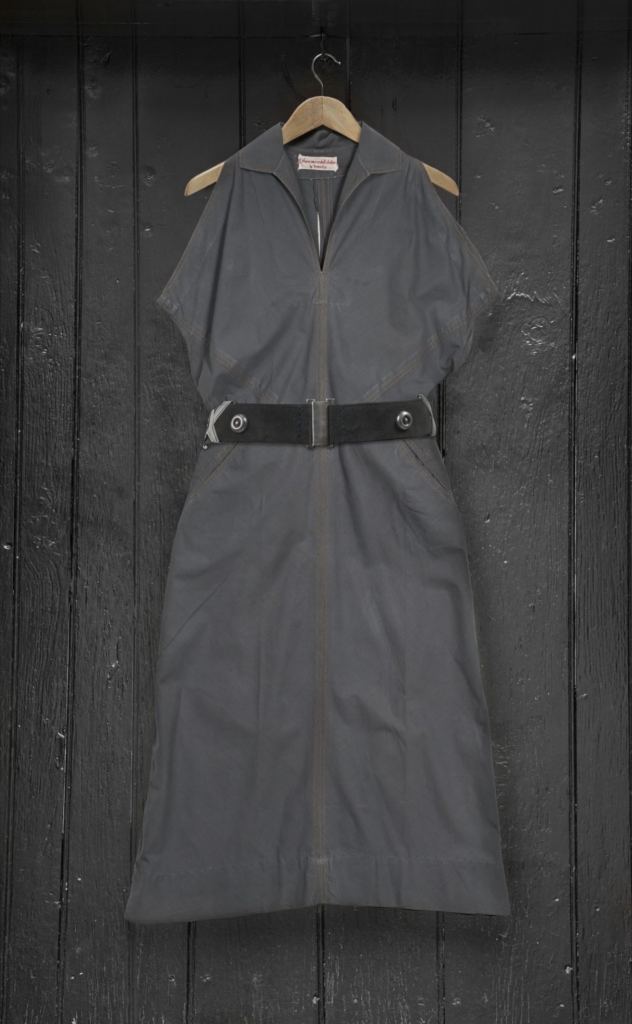
“Claire McCardell and Georgia O’Keeffe have such parallels in their life and work, it’s no wonder O’Keeffe found herself comfortable in McCardell’s designs. They both shattered cultural norms in their respective fields, McCardell in women’s clothes and O’Keeffe in art. Much of what we consider commonplace in what we wear and what we view as art traces back to their rebellious ingenuity,” Dickinson said about the book.
One of McCardell’s most iconic contributions to fashion was the invention of the “American Look,” which became synonymous with relaxed, stylish clothing that didn’t sacrifice comfort. Her designs embraced features like wrap dresses, dirndl skirts, and sundresses, and she was one of the first designers to incorporate zippers as a functional fashion element, making it easier for women to dress independently. Her designs often drew inspiration from sportswear, travel, and even menswear, incorporating practicality into fashion without compromising femininity.
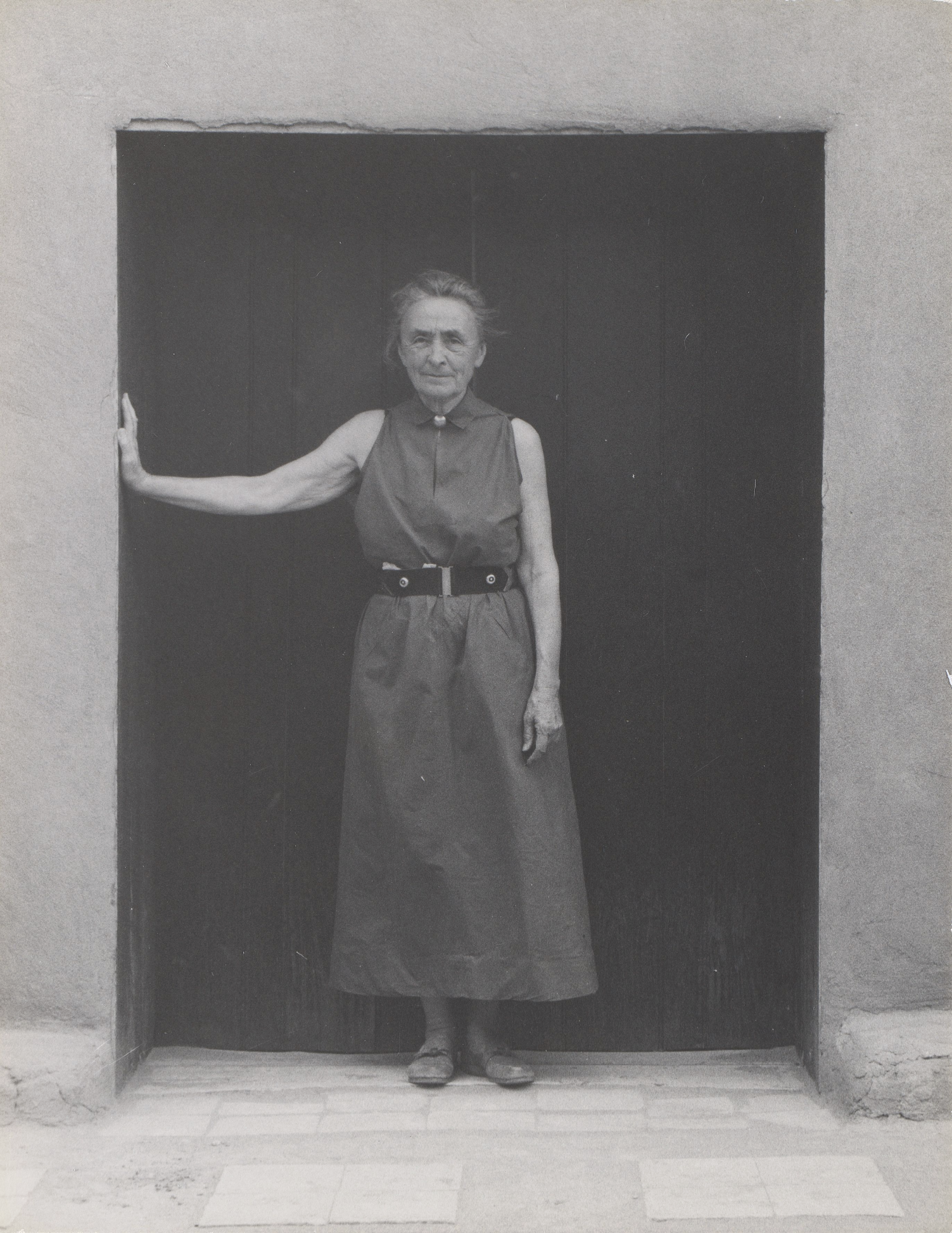
There is no better example of McCardell’s vision than a simple, sleeveless design with pockets O’Keeffe owned in dark grey. A teal version was made of silk and intended for evening wear while the grey version of the dress was made of cotton. The grey version became a staple in O’Keeffe’s wardrobe, and she can be seen wearing it in photographs and even sporting the dress during her rafting trip through Glen Canyon in 1961. O’Keeffe often wore dresses camping and on adventurous trips, often needing to mend the pockets which acquired holes from collecting rocks and other items.
Interested in seeing more O’Keeffe style? Georgia O’Keeffe: Making a Life is on view through November 2nd at the Museum in Santa Fe. The exhibition features O’Keeffe’s most iconic pieces and insight into the artist as a maker. You can also visit the Museum’s YouTube page for a more in-depth look at the fashions that dominated during O’Keeffe’s life and how she and her dressmakers worked with garments to craft a unique style and personal identity by Dr. Jennifer Moore.
Dickinson’s book, Claire McCardell: The Designer Who Set Women Free, is set for release on June 17 with pre-orders available now anywhere books are sold, including Collected Works in Santa Fe at this link.

